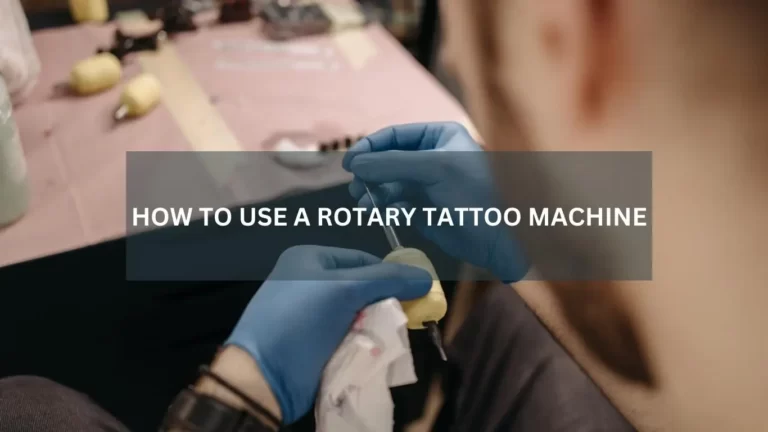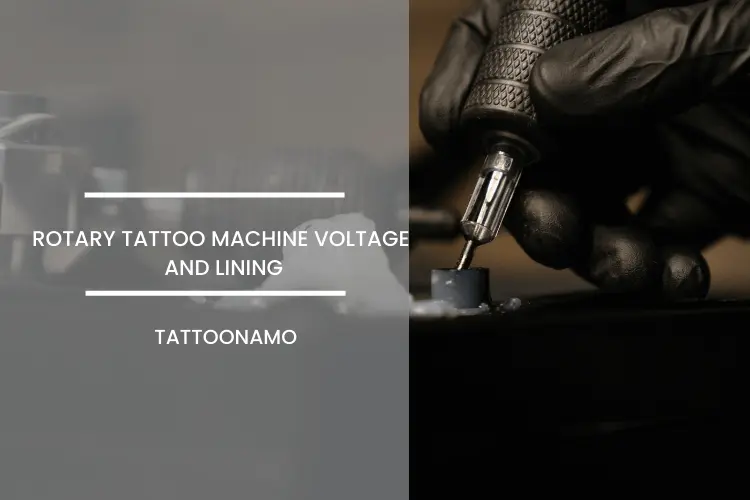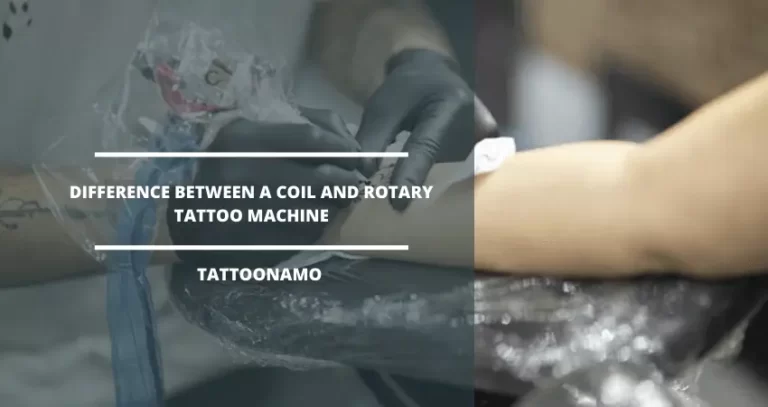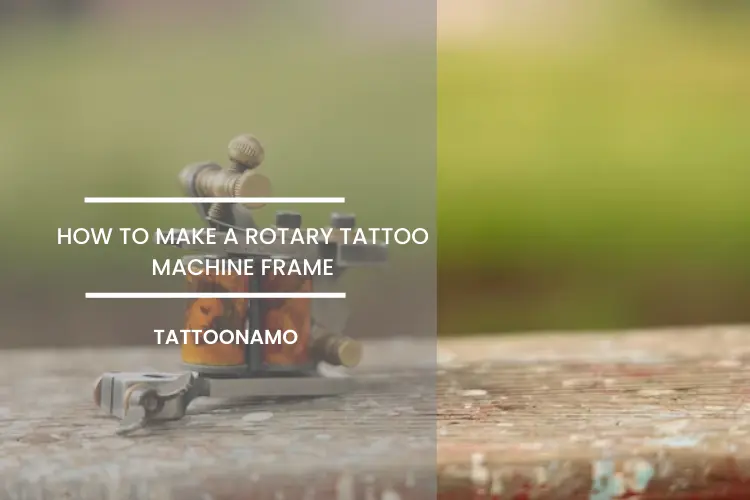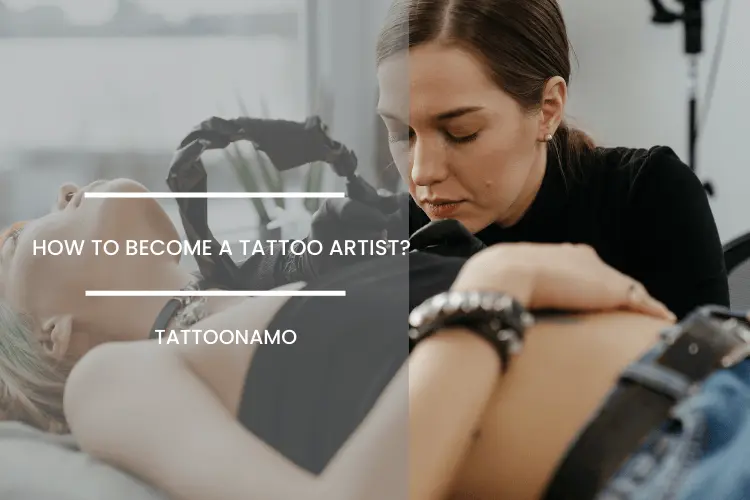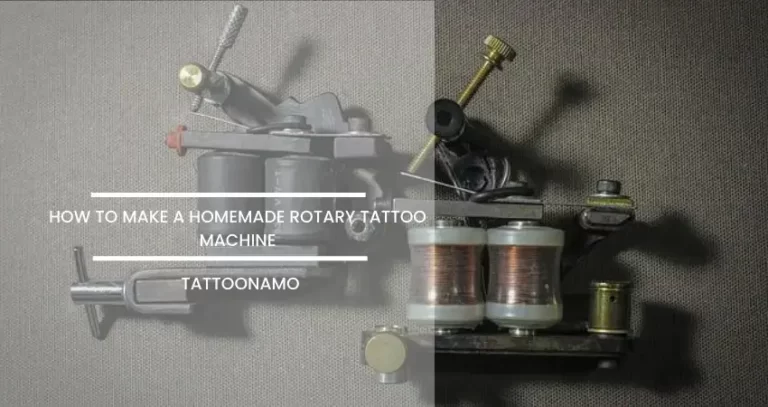how to reduce Tattoo Swelling easily? pros And cons
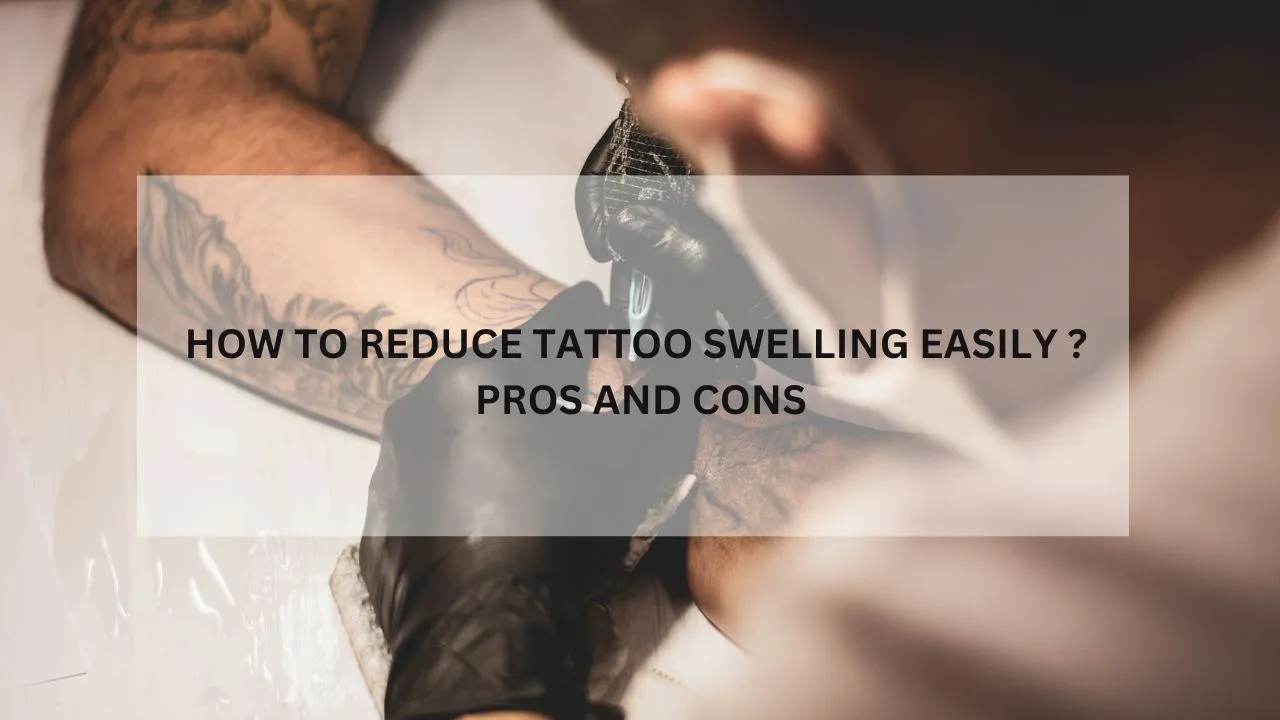
What is a tattoo infection? How to treat it? Why is it happening? Who’s responsible for it me or the tattoo artist? how to reduce Tattoo Swelling easily? These questions might pop up in your mind as well and you may end up searching for these answers. Thus, today we’ll try to clear your all doubts regarding the tattoo swelling, and we will steer clear of how to get rid of this issue.
You need to know that after an injury, inflammation begins within the first hour or two, reaches its peak within one to three days, and persists for at least two weeks. You will experience some heat and swelling around your injury during this phase. This is completely normal and occurs naturally as your body heals tissue.
What is tattoo swelling?
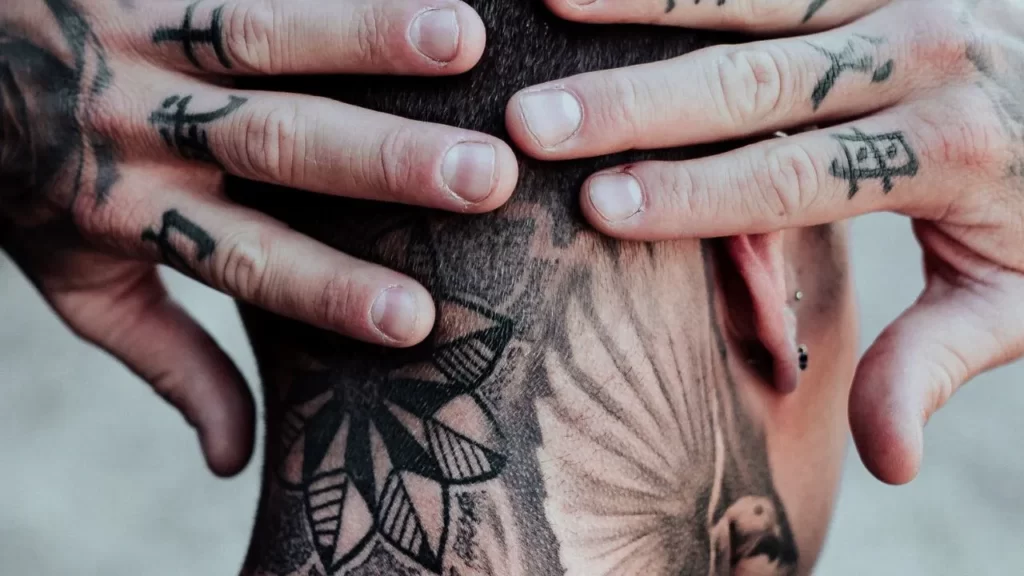
As you know that the area around the new ink undergoes numerous changes following a tattoo as it begins to heal from the damage caused by the tattoo needles. One of the side effects that may occur as the wound and surrounding area begin to heal is tattoo swelling. That’s what we call tattoo swelling.
Is tattoo swelling a normal phenomenon?
Swelling around a new tattoo, like redness and tenderness, is completely normal and shouldn’t change how your tattoo looks in any way. While there is nothing wrong with allowing tattoo swelling to subside on its own, there are a few ways to speed up the process.
Realistically, swelling is not uncommon, even though it does not occur with every new tattoo. However, smaller tattoos tend to swell less than larger ones.
A tattoo that has swelled up is almost always nothing to worry about. Most of the time, the expanding will simply be a characteristic cycle that your body puts up together to help recuperate around the injury.
Causes of Tattoo Swelling
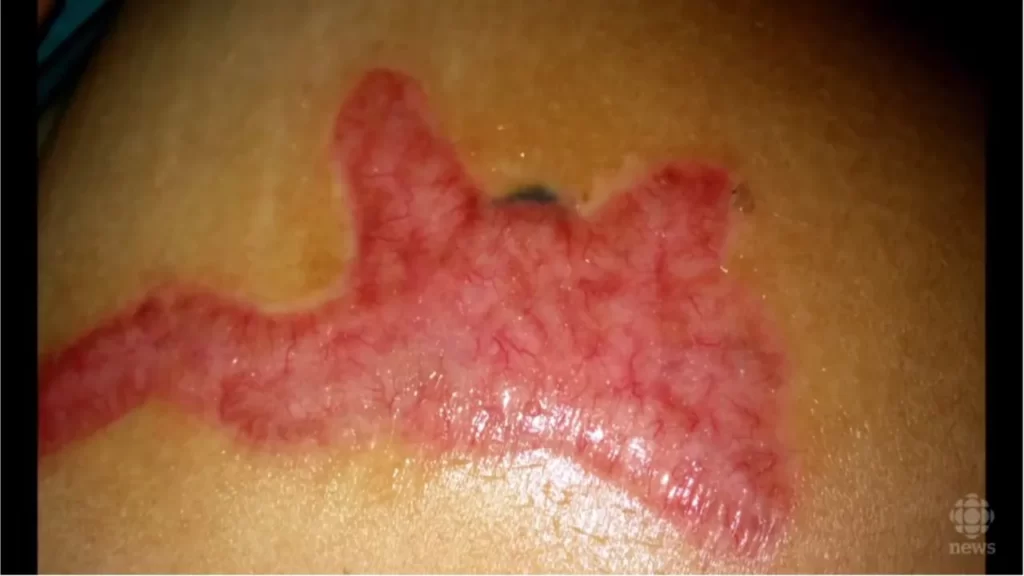
Position of the tattoo in your body swelling is more common in certain areas of the body, particularly those below the waist. Due to fluid pooling, areas like the ankles and feet typically develop more bruises and swelling than other areas. Blood and healing inflammatory cells have a harder time returning upward toward the heart because of the power of gravity.
Additionally, it appears that body parts with significantly thinner skin layers swell more than usual. When compared to areas of the body with thick layers of skin, these are much more delicate areas. As a result, there is a greater chance that the needles will penetrate the more delicate lower layers of tissue, triggering a greater body response to healing and, consequently, more bruising. Swelling is also more obvious in areas with thinner skin. Because there isn’t as much chunky tissue surrounding the wrist in the first place, every little change in feeling will be more pronounced if you have the same amount of swelling on both your thigh and wrist.
- Tattoo Artist
When they use the needle, some artists are very gentle, causing less damage and requiring less swelling from the body. On the other hand, some tattoo artists generally use more forceful and rough tattooing techniques. These artists are the ones who have the potential to cause more swelling and bruising in addition to normal skin damage.
- Taking Medications
Before getting a tattoo, taking any blood-thinning medication can make your bleeding worse during the process and for a while after.
Because of the thinner blood, the veins beneath the skin’s top layers will bleed more than usual. Any more blood than usual will show up as swelling and bruising below the skin.
Additionally, taking aspirin can increase your risk of getting a swollen and painful tattoo. This is because aspirin and other similar medications prevent your blood from clotting as effectively as it normally would. As a result, more blood can leak and accumulate in pockets beneath the skin, causing bruising and swelling on the outside. When considering getting a new tattoo while taking any medication, you should always talk to both your tattoo artist and your doctor.
- Some sort of Infection
Albeit intriguing, tattoo expansion can extraordinarily be a side effect of a disease. Assuming that contamination is the reason for the expansion, the enlarging itself will regularly cooperate with either a rash, outrageous redness, or potentially skin that is hot to the touch and exceptionally sore without any indications of progress for more than a few days. In uncommon examples, the skin may likewise begin to rankle.
It’s dependably fitting to see a clinical expert or your tattoo craftsman when you suspect your tattoo might have become tainted. The speedier the contamination is dealt with, the more outlandish the drawn-out appearance of your tattoo will be impacted
Some effective ways to deal with tattoo swelling
- Taking the Ice
By icing the tattoo, blood vessels will be constrained and inflammation will be reduced, preventing as much blood from being secreted around the swollen area.
However, keep in mind that the tattooed area of the skin will be extremely sensitive; as a result, you should only gently compress the area and avoid pressing the ice directly onto the skin. Instead, place a damp towel between the swollen area and the ice.
- Raising the tattooing area of your body
If the swelling is on one of your legs or feet, for instance, or below your waist, raise the area so that it is elevated above your heart when you sit or lie down.
By placing a few pillows or towels underneath the area to prop it up, you should be able to do this. This should likewise be possible as you rest around evening time. By elevating the swollen area, blood and fluids should be able to flow back into the tissue around the tattoo rather than stagnating there.
- Taking rest
If you are unable to relax and concentrate solely on regenerating the area around your wound, your body may have a harder time healing itself if you are very active right after getting inked. Immediately engaging in vigorous exercise can also lead to swelling. This is because your heart is working harder than usual to pump blood through the tiny holes in your veins that were made by the tattooing needles.
While walking will assist in the return of fluid from the lower body to the heart, excessive exercise and heat can exacerbate inflammation.
If you want your body to heal as quickly and effectively as possible after getting a new tattoo, try to relax and take it easy for a few days.
Conclusion
If you have some tattoo bruising or swelling, it’s just a sign that your body is healing by sending more blood to the affected area. Most of the time, this is nothing to worry about, and it’s very uncommon to get an allergic reaction. The symptoms can be different depending on the kind of allergic reaction and the ingredient in the tattoo ink that is causing it. The following are typical symptoms of an allergic reaction to a tattoo: Redness, Rash or bumps, Flaking, Scaly appearance, and so on. It happens due to premature skin infection or your tattoo artist might not be experienced or too rough at doing the tattooing. To treat this, you can use ice, take rest or consult any professional if the matter gets worse.

